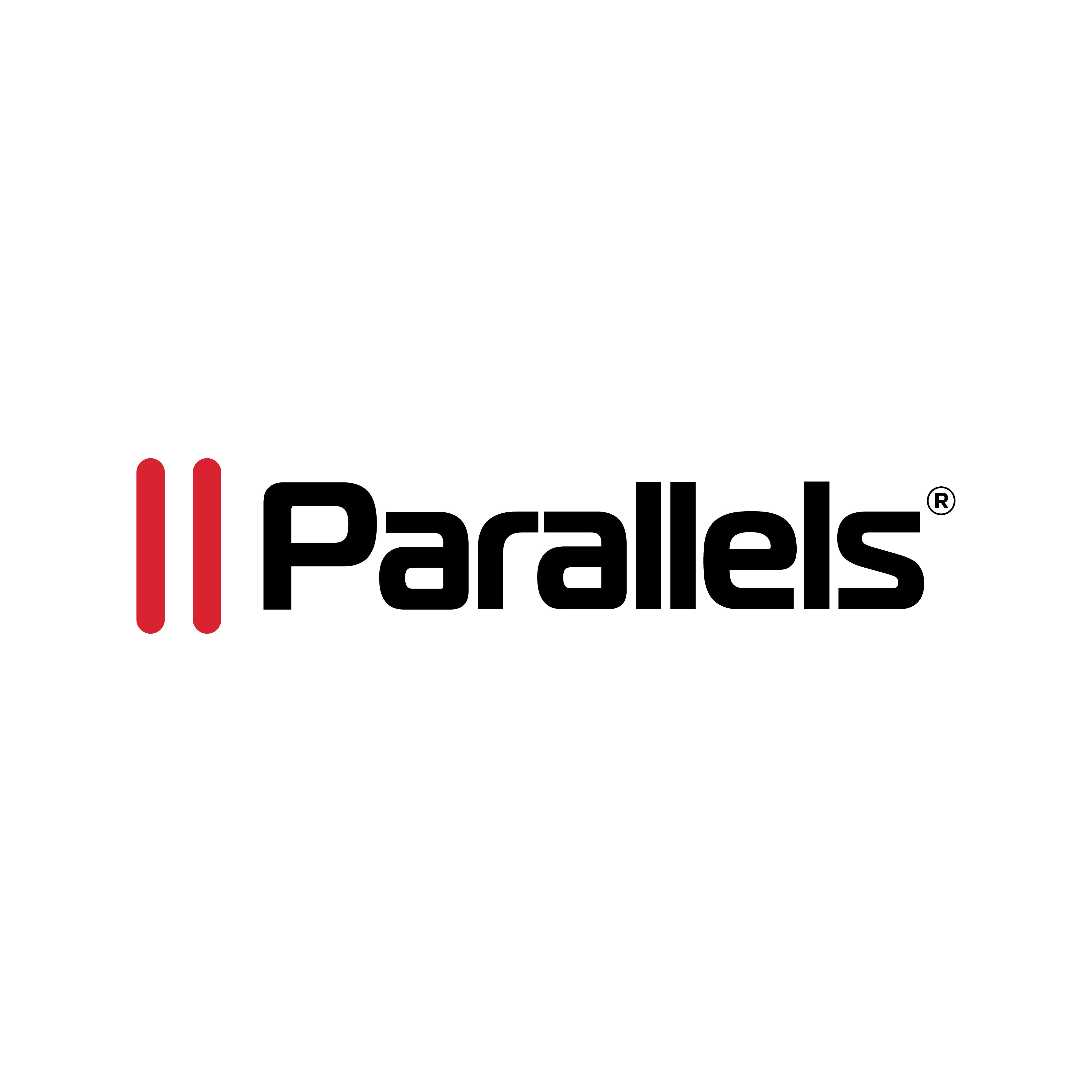Three BIG Tips on Using DCIM to Manage Edge Computing Sites
)
TIP #1: Focus on the essential functions
When you are in the process of selecting a DCIM solution, focus on the functions shown below and compare each vendor’s approach and performance in delivering them. Most, if not all, vendors will offer these functions in some form, but they will differ in terms of the platform architecture used to deliver the functions. As the next section will show, the platform’s architecture drives how effective the DCIM tools will be for local edge environments.
| Function | Description | Why important |
|---|---|---|
|
Device & environmental monitoring |
Provides a “read only” connection to all critical infrastructure devices (e.g. UPS, rack PDU, cooling, etc.) – regardless of vendor – to monitor status, access & alarms in real time. |
Awareness of status changes, trends, and alarms, prevents issues from becoming critical incidents that could lead to IT service interruptions. |
|
Device management |
Provides a means by which infrastructure devices can be configured and their firmware updated. |
Configuration & updates ensure equipment performs as expected and help secure the overall system from cyber security threats. |
|
Asset tracking |
Provides a holistic view of all assets; their location, name, status, resource dependencies, etc. |
IT resiliency requires having an asset inventory and knowing their dependencies. |
|
Data analytics & visualization |
Presents useful and actionable information on device status, alarms, and the health of the infrastructure systems and their environment. |
Raw device data, frequent status change notifications, and “alarm storms” can overwhelm users; analytics and clear visualization of data makes DCIM use simpler and more effective. |
|
3rd party platform integration |
Allows DCIM data to be shared with a remote monitoring and management (RMM) tool or building management system (BMS) using application programming interfaces (APIs) or an SNMP management information base (MIB). |
Managed service providers (MSPs) commonly manage edge computing IT and use their own management platforms; sharing DCIM data with these tools solves “lack of staff” challenge by enabling trusted partners to manage it for you. |
TIP #2: Use Next Generation DCIM
A next-generation DCIM platform is defined by 5 key attributes. These items are what differentiate these modern suites from traditional or legacy DCIM systems that were designed for large single-site data centers. White Paper 281 goes into detail as to why these attributes are important and useful particularly in distributed edge computing environments. But, in short, next generation DCIM platforms are simpler to install, use and maintain, all while addressing the lack of onsite staff and highly distributed nature of edge deployments.
- Relies on cloud technologies for ease of implementation, scalability, analytics, and maintenance
- Connects to a data lake enabling insight and event prediction with artificial intelligence (AI)
- Uses mobile and web technologies and integrates with 3rd party platforms
- Prioritizes simplicity and intuitive user experiences in its design
- Serves as a compliance tool to identify and eliminate potential cyber security risks
TIP #3: Integrate DCIM processes with your existing operations & maintenance program
Like any enterprise grade software suite, successful DCIM implementations require organizational buy-in and ongoing cooperation and participation among key stakeholders. While DCIM ultimately aims to simplify and, to some degree, automate management of data center infrastructure, the users of the system must do their part to ensure the value of the software is realized. For example, the operations and maintenance (O&M) of the software system must be built in to the organization’s O&M program. The facility O&M program’s change management processes must be adapted to account for the DCIM system. This takes commitment and continuous effort by management and operations teams. If this is not done, the implementation and use of DCIM can fail. Note that next-generation DCIM O&M requirements are less burdensome than legacy DCIM. Some of the key DCIM-related processes that need to be accounted for in the existing IT or facility O&M program include:
- configuring device network settings for equipment that is added or replaced, and confirming that network communication is established
- reviewing status of device firmware periodically and updating when available
- ensuring device alarm thresholds and notification policies are set properly
- reviewing DCIM alarms and status changes regularly
Power, cooling, and environmental/security monitoring equipment is critical to the continued operation of the IT at edge computing sites. Particularly since these are often geographically dispersed and unmanned, next-generation DCIM software that relies on cloud, mobile, and AI technologies should be used to effectively monitor this infrastructure from afar. Compared to legacy DCIM solutions, modern DCIM tools are easier to scale, use, maintain, and provide a way for MSPs to remotely manage for you. Newer DCIM platforms are also beginning to take advantage of AI technologies that will make management more predictive and automated.
We believe well-maintained and operated DCIM systems make data centers more reliable and efficient. This means having buy-in from all stakeholders, integrating DCIM processes with the existing O&M program, and either having the discipline to regularly monitor the system yourself or choosing to have your trusted partner or vendor manage it all for you. To learn more, explore our site.


)
)
)
)
)
)

)
)
)
)
)

)
)
)
)
)
)
)
)
)
)
)
.png/fit-in/1280x9999/filters:no_upscale())
)
)

